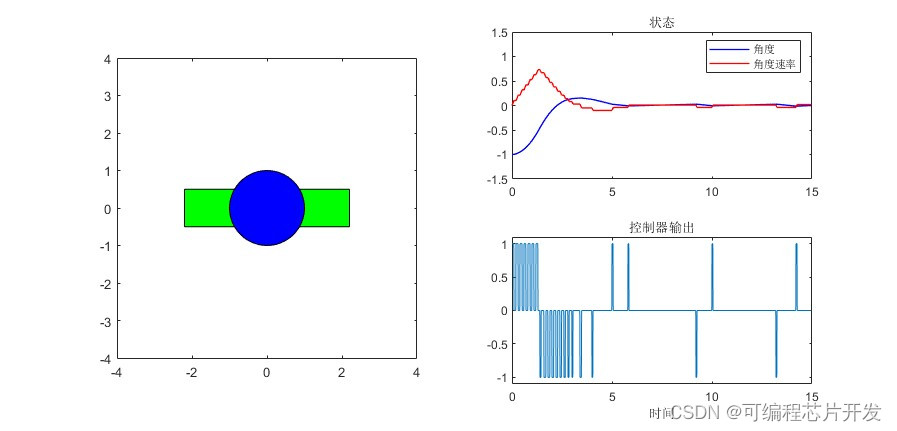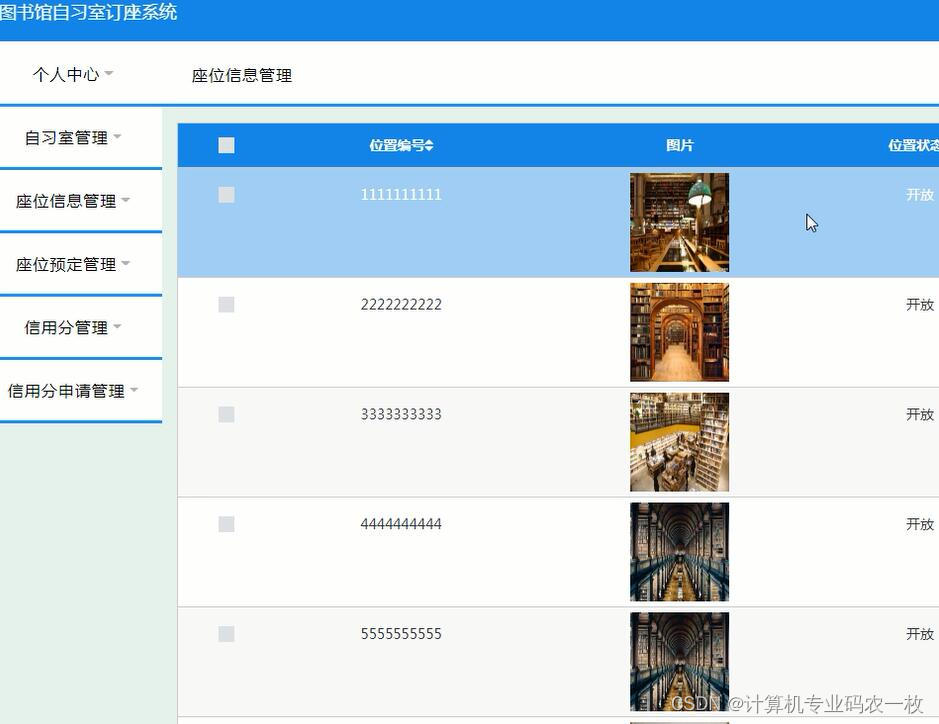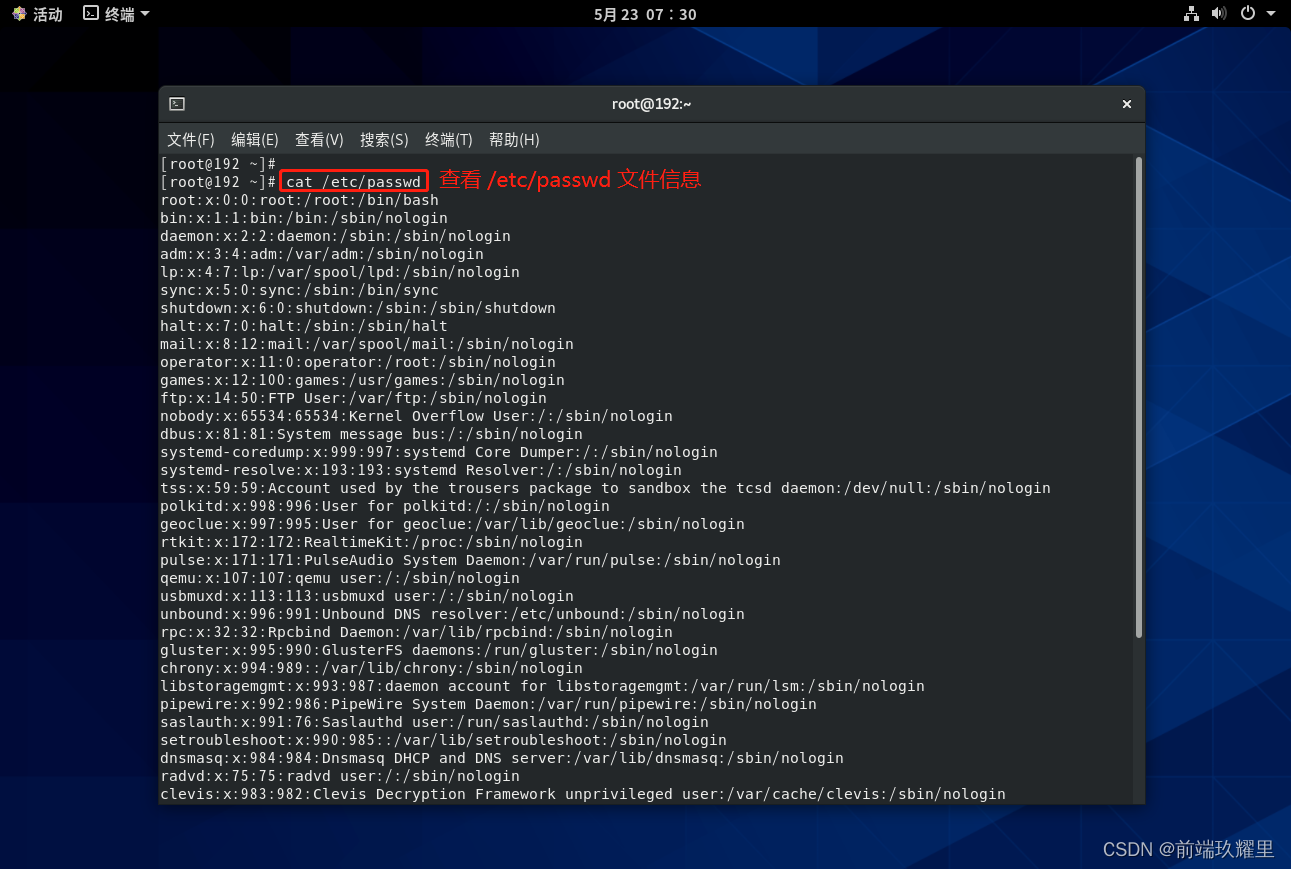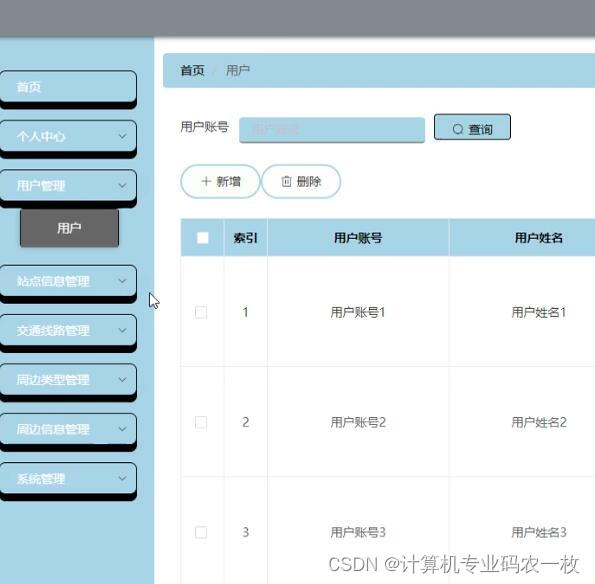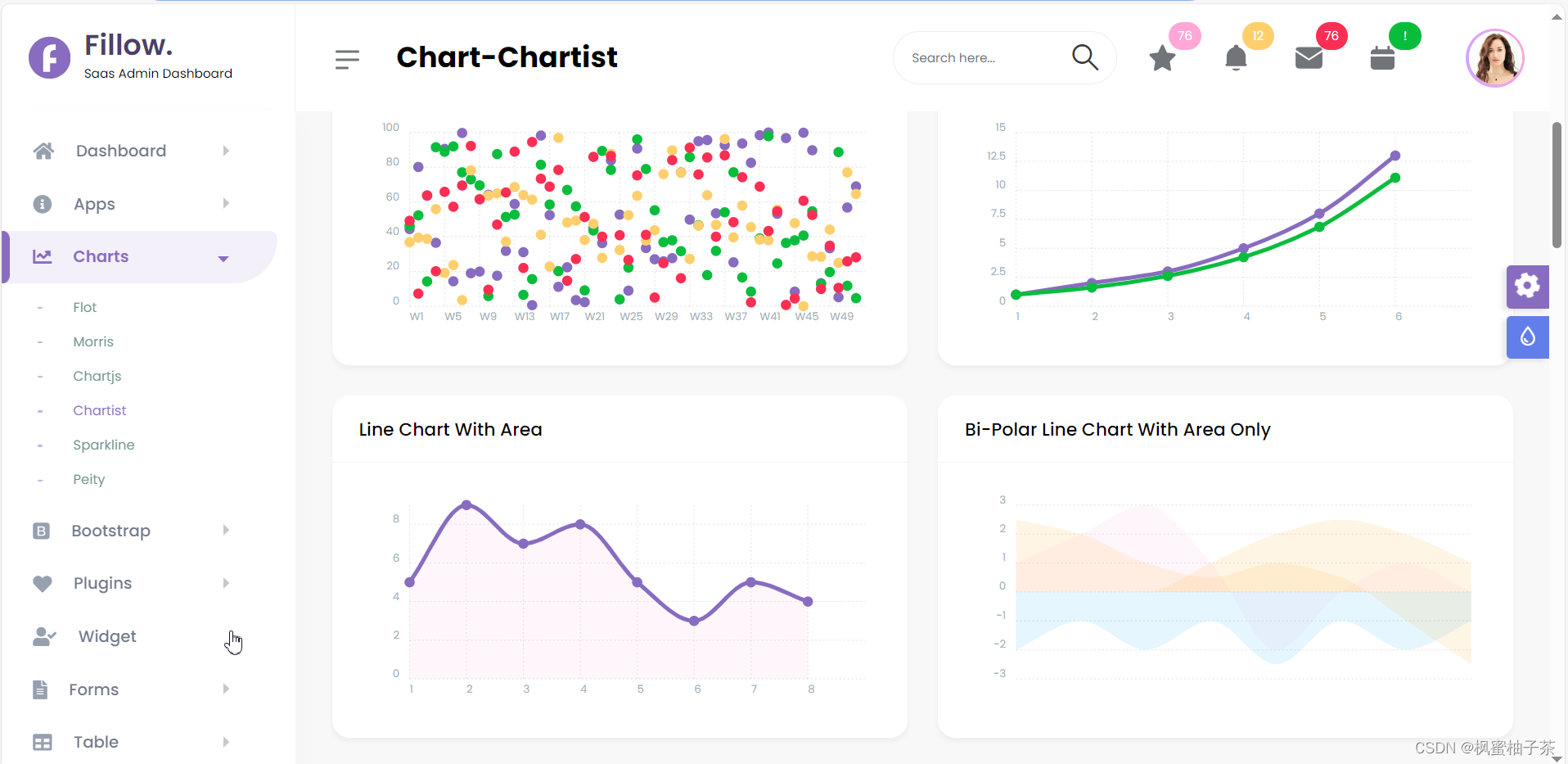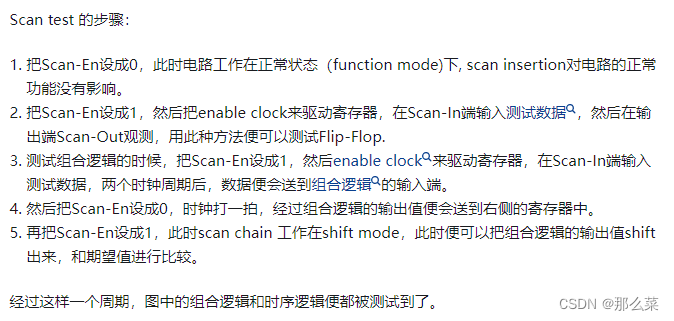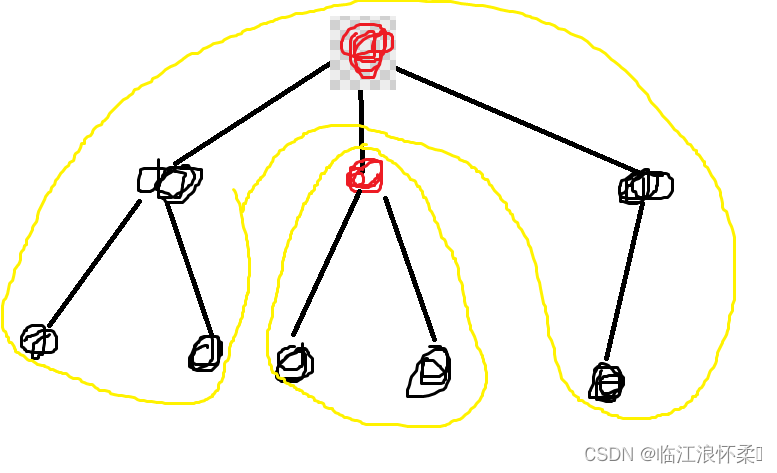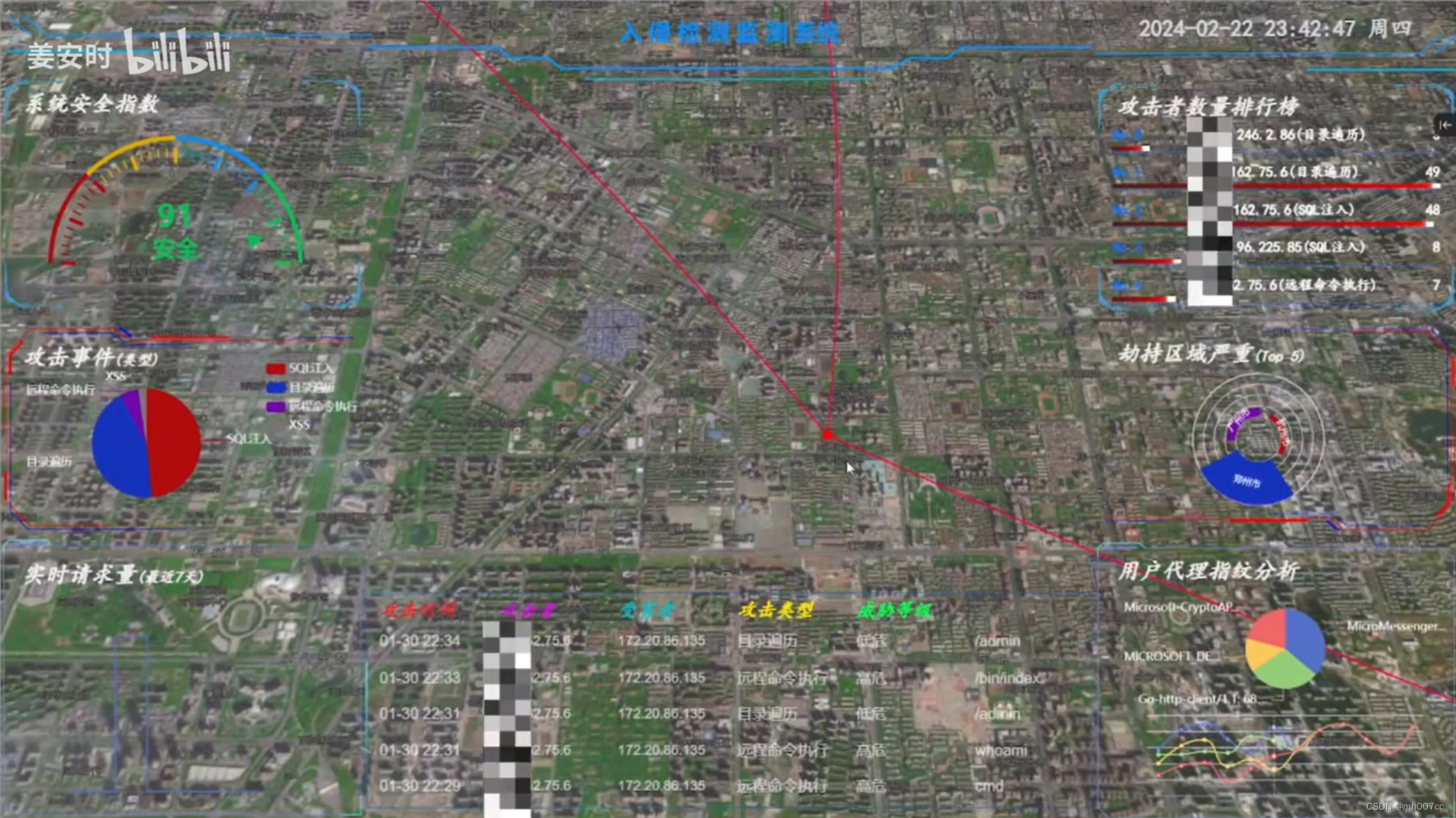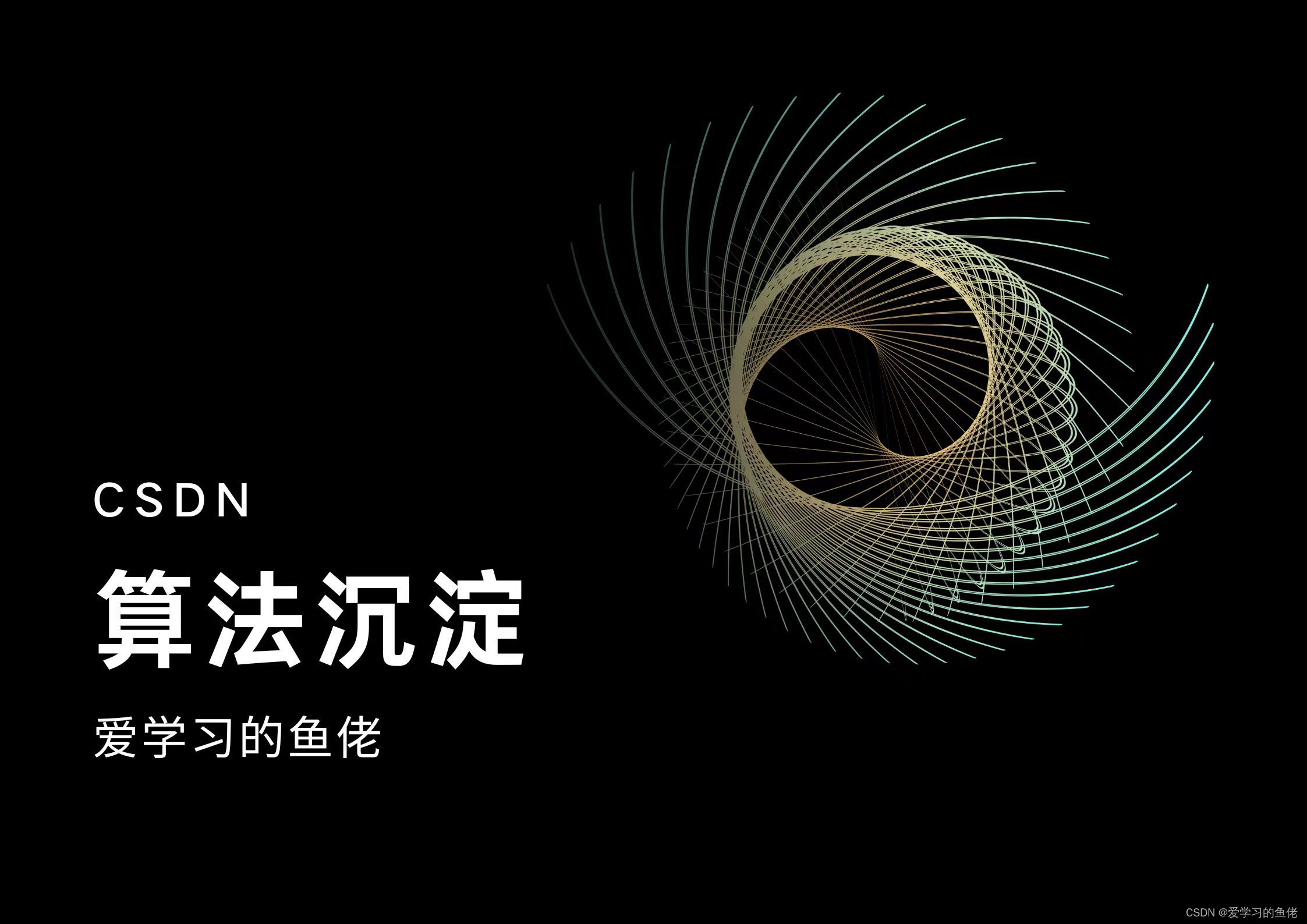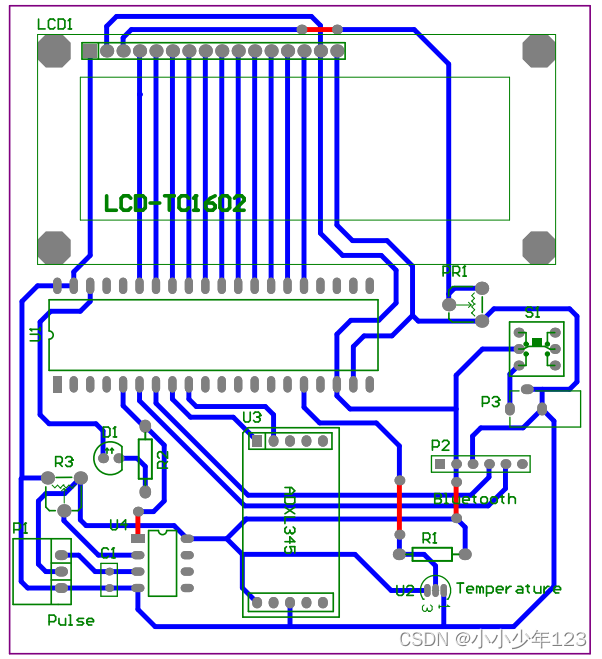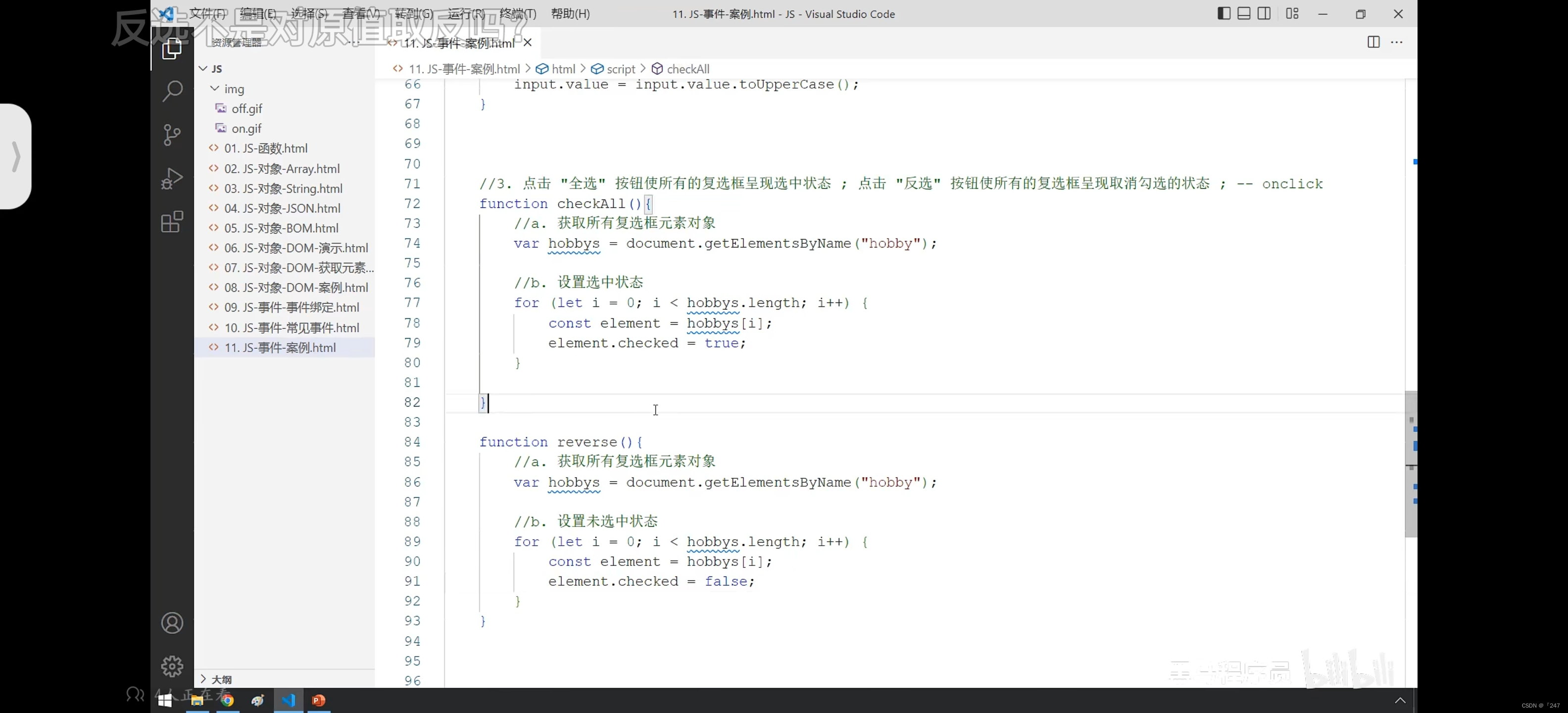背景
最近笔者承接项目的内存优化指标,在内存调研的过程中发现项目中视频播放结束后,内存没有恢复到播放前到水平。项目中用的 EXO 版本为2.19.1,并且笔者自己也写了个简单的 Demo,发现也是如此。虽然有一些偏门方法可以优化,但是暂时还是未能正面突破,各位看官,如果有什么idea,欢迎留言多多指教~
分析
笔者的 Demo 如下
api 'com.google.android.exoplayer:exoplayer:2.19.1'VideoTestFragment.java
package com.mikel.projectdemo.uiframework;
import android.content.Context;
import android.os.Bundle;
import android.view.LayoutInflater;
import android.view.View;
import android.view.ViewGroup;
import androidx.annotation.NonNull;
import androidx.annotation.Nullable;
import androidx.fragment.app.Fragment;
import com.google.android.exoplayer2.MediaItem;
import com.google.android.exoplayer2.SimpleExoPlayer;
import com.google.android.exoplayer2.ui.PlayerView;
import com.mikel.projectdemo.R;
import org.jetbrains.annotations.NotNull;
public class VideoTestFragment extends Fragment {
public static VideoTestFragment build() {
return new VideoTestFragment();
}
private Context mContext;
private SimpleExoPlayer mSimpleExoPlayer;
private PlayerView playerView;
@Override
public View onCreateView(@NonNull @NotNull LayoutInflater inflater, @Nullable @org.jetbrains.annotations.Nullable ViewGroup container, @Nullable @org.jetbrains.annotations.Nullable Bundle savedInstanceState) {
mContext = getActivity();
View rootView = LayoutInflater.from(getActivity()).inflate(R.layout.fragment_video_item, null, true);
initUI(rootView);
return rootView;
}
private void initUI(View rootView) {
mSimpleExoPlayer = new SimpleExoPlayer.Builder(getActivity()).build();
// 准备要播放的媒体资源
MediaItem mediaItem = MediaItem.fromUri("https://vfx.mtime.cn/Video/2019/01/15/mp4/190115161611510728_480.mp4");
mSimpleExoPlayer.setMediaItem(mediaItem);
// 将ExoPlayer关联到要显示视频的View
playerView = rootView.findViewById(R.id.player_view);
playerView.setPlayer(mSimpleExoPlayer);
}
public void startPlay() {
// 准备播放器
mSimpleExoPlayer.prepare();
mSimpleExoPlayer.play();
}
/**
* 停止播放
*/
public void stopPlay() {
pausePlay();
if(mSimpleExoPlayer != null) {
mSimpleExoPlayer.release();
mSimpleExoPlayer = null;
}
}
public void resumePlay() {
if(mSimpleExoPlayer != null) {
mSimpleExoPlayer.setPlayWhenReady(true);
} else {
startPlay();
}
}
public void pausePlay() {
if(mSimpleExoPlayer != null) {
mSimpleExoPlayer.setPlayWhenReady(false);
}
}
@Override
public void onDestroyView() {
super.onDestroyView();
stopPlay();
}
@Override
public void onResume() {
super.onResume();
resumePlay();
}
@Override
public void onStop() {
super.onStop();
pausePlay();
}
}
fragment_video_item.xml
<?xml version="1.0" encoding="utf-8"?>
<FrameLayout xmlns:android="http://schemas.android.com/apk/res/android"
android:layout_width="match_parent"
android:layout_height="match_parent">
<com.google.android.exoplayer2.ui.PlayerView
android:id="@+id/player_view"
android:layout_width="match_parent"
android:layout_height="match_parent">
</com.google.android.exoplayer2.ui.PlayerView>
</FrameLayout>VideoTestActivity.java
public class VideoTestActivity extends AppCompatActivity {
public static void startActivity(Context context) {
Intent intent = new Intent(context, VideoTestActivity.class);
context.startActivity(intent);
}
@Override
protected void onCreate(@Nullable Bundle savedInstanceState) {
super.onCreate(savedInstanceState);
setContentView(R.layout.activity_video_test);
FragmentManager fragmentManager = getSupportFragmentManager();
VideoTestFragment videoTestFragment = VideoTestFragment.build();
FragmentTransaction fragmentTransaction = fragmentManager.beginTransaction();
fragmentTransaction.add(R.id.fragment_container, videoTestFragment);
fragmentTransaction.commit();
}
}
activity_video_test.xml
<?xml version="1.0" encoding="utf-8"?>
<FrameLayout xmlns:android="http://schemas.android.com/apk/res/android"
android:layout_width="match_parent"
android:layout_height="match_parent">
<FrameLayout
android:id="@+id/fragment_container"
android:layout_width="match_parent"
android:layout_height="match_parent">
</FrameLayout>
</FrameLayout>打开播放页面前和播放后关闭页面,内存水位如下:

内存水位简直毫无波澜,笔者也在 ExoPlayer 上发现不少相关 Issue:
https://github.com/google/ExoPlayer/issues/9755
Memory leak · Issue #1855 · google/ExoPlayer · GitHub
issue 里有一个方法是说在页面onDestroy的时候不仅释放Exoplayer, 还需要加上 simpleExoPlayerView.setPlayer(null),并且把 simpleExoPlayerView也设置为空,笔者尝试了下,内存水位依旧没有太大变化。
解决方案探索
方案1 独立进程
业务允许的情况下,把播放页面设置成独立进程,
<activity android:name=".video.VideoTestActivity"
android:process=":video">退出页面后调用
android.os.Process.killProcess(android.os.Process.myPid());

该方案适合播放场景单一,使用Activity 来承接视频播放,播放结束后少频繁进入播放页面
方案 2 主动触发 gc
如果业务限制,无法把播放页面放到独立进程,尝试下 VideoFragment onDestroy 的时候主动 Runtime.getRuntime().gc()
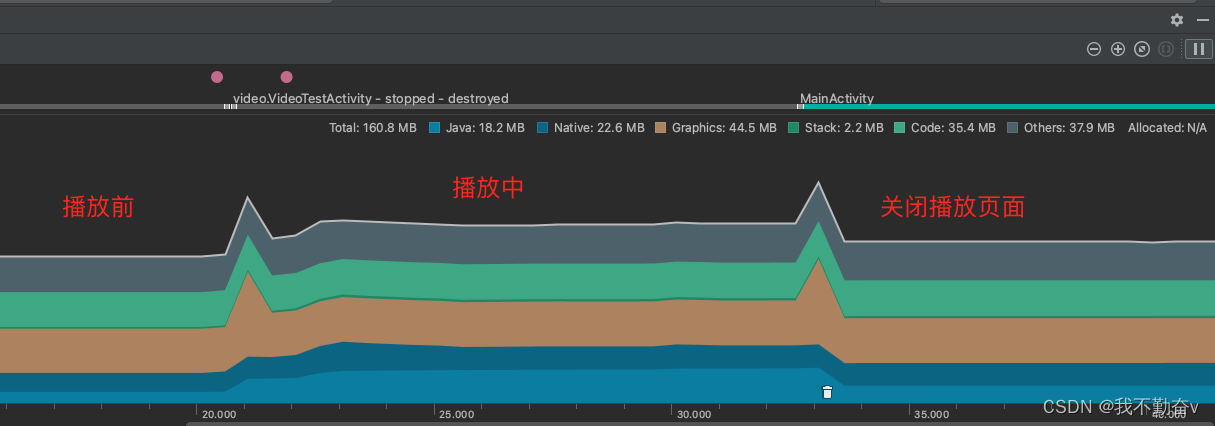
该方案剑走偏峰,也是适合播放场景单一,不是频繁打开播放页面的场景,否则频繁手动 gc 可能带来卡顿的性能问题。
各位看官,如果对 ExoPlayer 研究深入或者有什么idea,欢迎留言多多指教~

